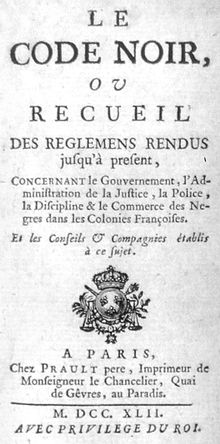Assimilating Hawai‘i: Racial Science in a Colonial “Laboratory,” 1919-1939
University of Minnesota
July 2012
322 pages
Christine Leah Manganaro
A DISSERTATION IN PARTIAL FULFILLMENT OF THE REQUIREMENTS FOR THE DEGREE OF DOCTOR OF PHILOSOPHY
This dissertation demonstrates how American physical anthropologists and sociologists working in Hawai‘i framed the biological and cultural assimilation of mixed race people and Asian migrants into Americanness as natural rather than ideological, thus naturalizing the islands’ incorporation into the United States as a story about integration rather than colonization. Scientists argued that mixing in this “racial laboratory” improved the quality of the majority non-white population, that migration and colonization were features of a natural historical trajectory of Americanization, and that race relations in the islands were the product of a human ecology that went hand in hand with capitalist development. All of these ideas became the racial common sense that traveled to the continental U.S. and perpetuated American amnesia about empire.
This project revisits the historiography of the supposed retreat of scientific racism and, by closely examining the methods, actual data, and conclusions of scientists whose work shaped their disciplines, demonstrates how racialist thinking persisted in work that has been characterized as either questioning the race concept, as politically progressive, or both. Taking cues from studies of settler colonialism in Hawai‘i and recent debate about the actuality of a retreat of scientific racism in the United States, this dissertation demonstrates how treating assimilation as a natural process that needed to be better understood, rather than a discursive project of colonial governance, legitimated American power in the islands.
During a period when scientists and politicians alike were interested in fitness, degeneracy, and the consequences of immigration and miscegenation as part of debates about national progress, scientists viewed Hawai‘i as a laboratory where they could conduct research on heredity and cultural change that was difficult or impossible to do in the continental United States. American social scientists working in Hawai‘i framed the processes they studied, particularly the assimilation of mixed race people and Asian migrants into American culture and identity, as natural rather than ideological. American scientists with sometimes opposing political orientations such as Louis R. Sullivan and L.C. Dunn concluded that, unlike mixed race people generally and especially “mulattoes,” Chinese-Hawaiian “hybrids” were actually improvements on their supposedly pure parents (chapter 1).
Physical anthropologist Harry Shapiro, in his study of racial plasticity among migrants in a changed environment, developed few concrete findings, but helped establish Hawai‘i as a long-term human research site. Sociologist Romanzo Adams, who was trained at the University of Chicago, produced the history of Hawai‘i as a history of admixture that exaggerated the degree of interracial reproduction and suggested that the territorial population was well on its way to complete biological amalgamation (chapter 3).
Through a series of interviews with couples in interracial marriages and the collection of student papers about identity and racial prejudice, many of which contradicted Adams’ findings and predictions, graduate researcher Margaret M. Lam recorded the testimony of residents who both resisted certain types of racialization as they also participated in the construction and maintenance of racial boundaries and meanings (chapter 4).
Finally, sociologist Andrew Lind, framed social inequality and tense race relations in the territory as a product of competition for jobs and housing, a “natural” feature of “human ecology,” rather than a product of intentional labor control and government decisions (chapter 5). This advanced the idea that social conditions in Hawai‘i were a natural product of modernization rather colonization.
Table of Contents
- Acknowledgements
- Introduction
- Chapter 1: “Biologically Better” Studies and Hybrids: The Persistence of Racialism in Studies of Race Mixing in Territorial Hawai‘i, 1916-1932
- Chapter 2: A Racial Laboratory for the World: Establishing Studies of Race Mixing, Migration, and Environment in the 1930s
- Chapter 3: Turning a Colony into a Melting Pot: Romanzo Adams’ Interracial Marriage in Hawaii and the Natural History of Hawai‘i’s Americanization, 1919-1937
- Chapter 4: Narrating Colonial Racial Formation: Race Consciousness and Identity in the Vernacular, 1928-1936
- Chapter 5: Defining an “Island Community”: Race Relations as Ecological Succession, 1927-1939
- Conclusion
- Bibliography
Read the entire dissertation here.
